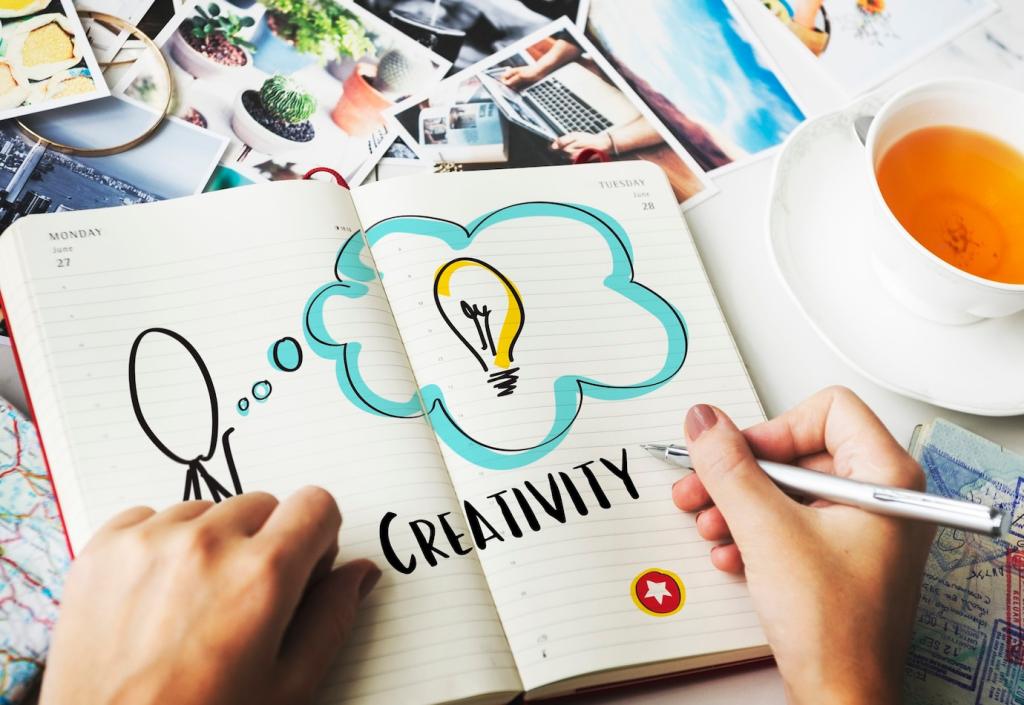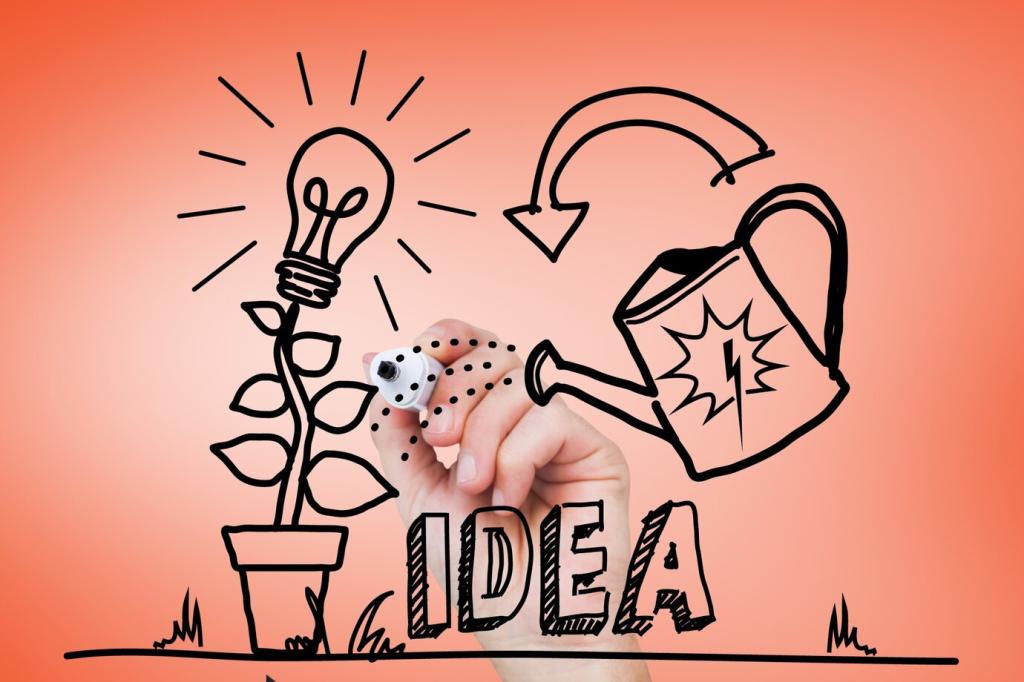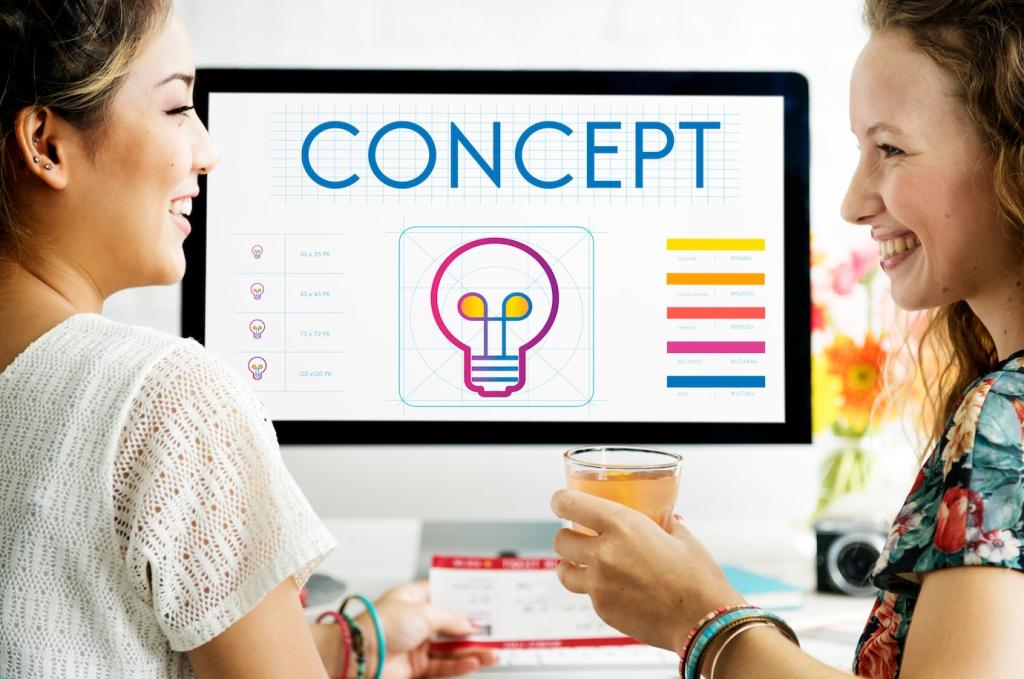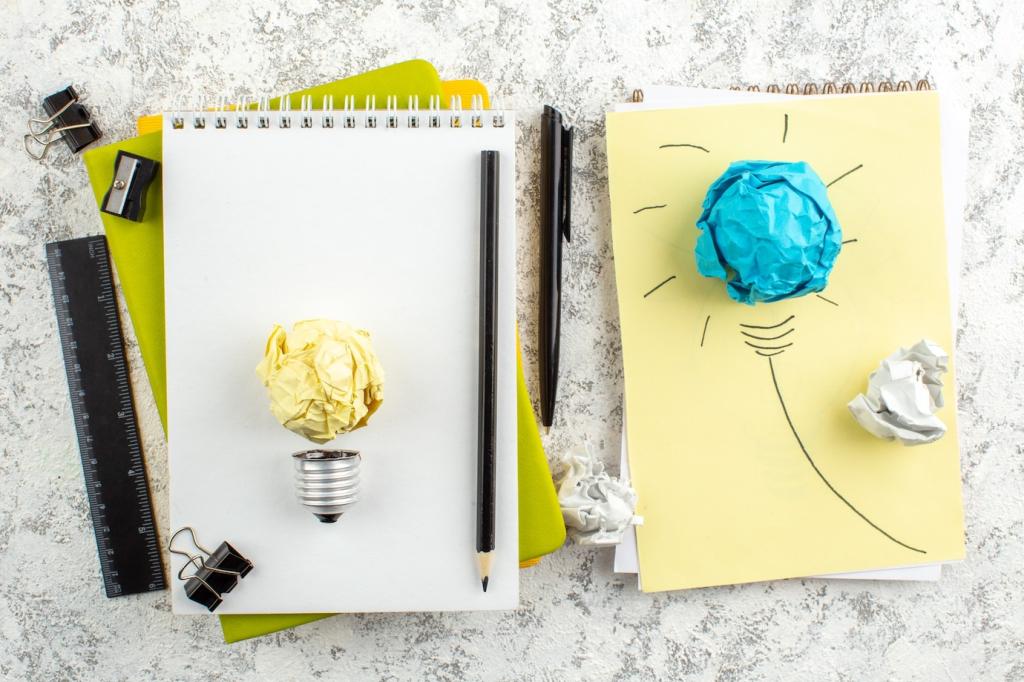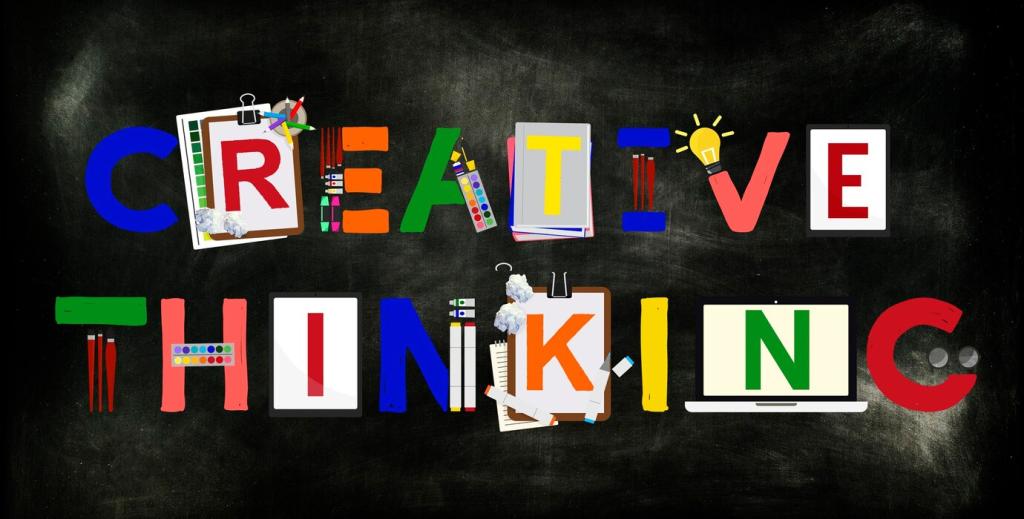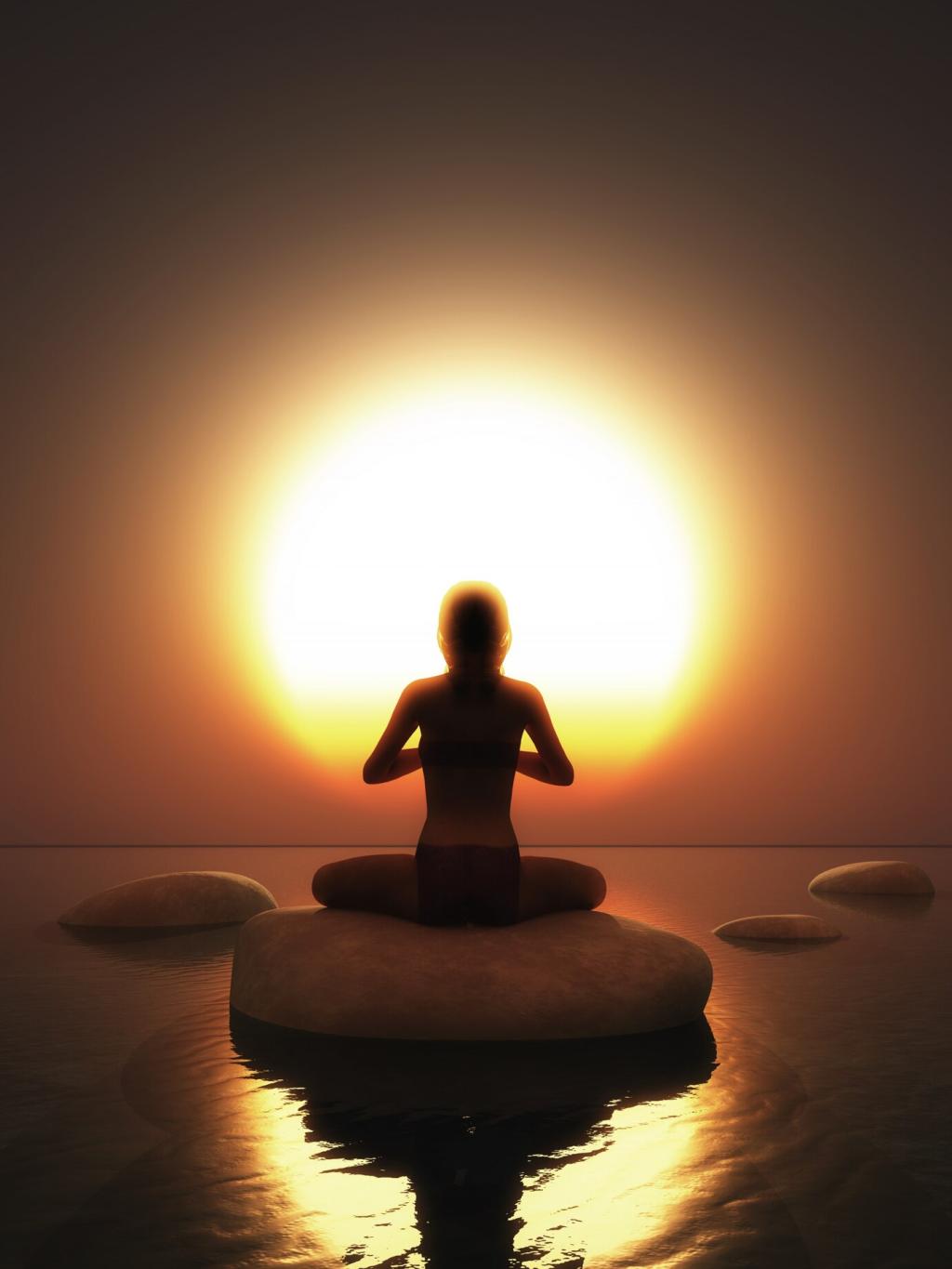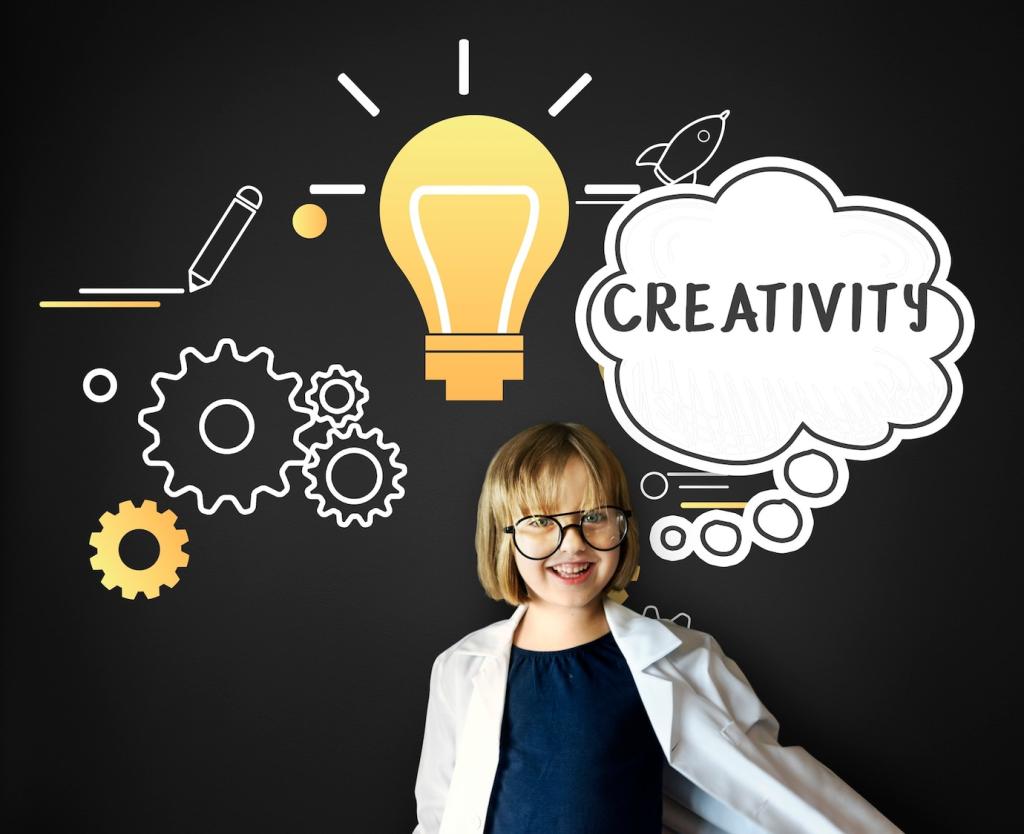Turning Imagery Into Output
Immediately after a session, spend three minutes sketching shapes, arrows, and textures. Create a quick map: scene elements on the left, creative choices on the right, connected by lines. Build a tiny prototype—twelve bars, a thumbnail, a rough paragraph—to anchor momentum. Comment with a photo or snippet of your map.
Turning Imagery Into Output
Turn sensory notes into parameters: temperature becomes color temperature, texture becomes surface finish, echo becomes reverb. Define three constraints suggested by the scene and freeze them for one iteration. Constraints focus your play. Share which constraints unlocked your piece; your experience might guide another creator’s leap.

